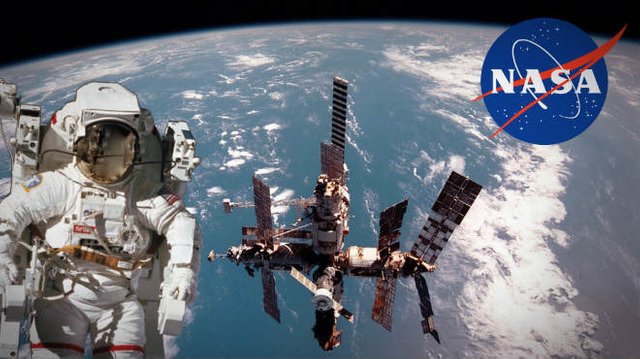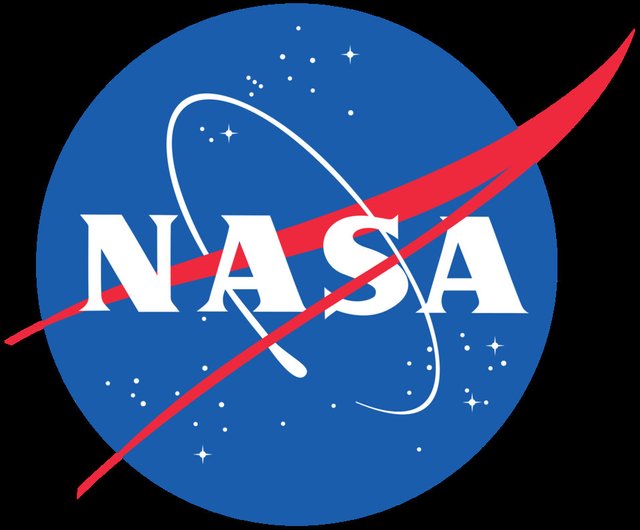Spanish technology will tread Mars this week as part of NASA's InSight mission

NASA's InSight mission will jump into space on May 5 with the takeoff from the US. of an Atlas V rocket that, among other instruments, includes a Spanish 'weather station' and that intends to place a robot on Mars to study its interior and thus advance in the understanding of its past and evolution.
InSight, in which scientists from ten countries participate, is much more than a mission to Mars, details Efe José Antonio Rodríguez-Manfredi, principal investigator of the Spanish instrument, TWINS, whose construction and operation is directed from the Center of Astrobiology (CAB) ).
And, until now, the missions to the red planet were all focused on the study of its surface and the possible environment of habitability: InSight "breaks with this dynamic", because it will perform a study of the interior of Mars, its structure, of the composition of its bark, its mantle or core.
Study how the planet was formed and its evolution
This mission will help the scientific community to know how the planet was formed and its evolution, why it has lost its atmosphere or why, if it previously harbored oceans of water, now it is so arid, but not only: Mars is a rocky planet, like Earth, Venus and Mercury, so InSight will serve to deepen the knowledge of the formation of our solar system.
For this, the mission has three main instruments: SIX (acronym in English of seismic experiment for the interior structure); HP3 (sensors for the study of heat flow and physical properties); and RISE (experiment for the study of rotation and interior structure); all helped from the ground with mathematical and physical models.
SIX, whose main responsibility is the National Center for Space Studies of France, is a seismograph of high sensitivity that will analyze, among others, the vibrations that could be produced by the impact of a meteorite, while HP3, of the German Aerospace Center, is a kind of cylinder that will stick in the interior of the planet up to 5 meters.
Its objective is to measure the flow of energy from inside to outside and from there try to infer how this inner energy dissipates and why Mars has cooled down so much.
On the other hand, RISE, of the Jet Propulsion Laboratory (JPL) in the USA, will characterize the effect that the non-liquid interior of the planet can have on the rotation.
Although TWINS is not one of these three main instruments, it is a fundamental actor in this mission, explains Rodríguez-Manfredi, because thanks to its two sensors "it will make life easier" to SIX, HP3 and RISE.
The Spanish contribution
The Spanish station will measure the temperature of the air and the intensity and direction of the wind on the Martian surface, which will help, for example, that the seismograph does not make errors in its measurements: if the wind blows a lot and the structure moves of InSight or its solar panels this could understand that seismic movements are occurring when in fact it is not like that.
TWINS is based on the technology that was once built REMS, another environmental station aboard NASA's Mars Science Laboratory (MSL) mission, a scientific laboratory assembled in the Curiosity rover, currently on the red planet.
It involved companies such as CRISA and ALTER and universities such as Alcalá, Complutense and the Polytechnic of Catalonia; this time the instrument has been improved by the CAB and CRISA - now in Airbus Defense & Space -.
InSight of the Curiosity will be about 600-650 kilometers, so on Mars "there will be a mini Spanish meteorological network," says Rodríguez-Manfredi.
Its takeoff, initially planned for 2016, will be from Vandenberg Air Base, California, and the launch window begins on May 5 and will last 20 days - the takeoff time on day 5 is at 13:05 peninsular; It will arrive on Mars on November 26.
It will be the second time that the Spanish technology goes on Mars, the first was with REMS and the third will be with the MEDA instrument, from NASA's Mars 2020 mission (to be launched in 2020). TWINS has been co-financed by the Center for Industrial Technological Development, the National R & D Plan and INTA-CAB.

A round of applause to these people who day by day congratulate us with their beautiful content. Congratulations and good wishes.
@gringalicious @z8teyb289qav9z @matt-a @kingscrown @boatymcboatface
You can follow some of the powers of this beautiful steemir community as they are @catherinegairard @surprisebit @bue @hr1 @timothyb @pharesim @justtryme90 @cub1 and this wonderful group as it is @babelproyect which is comprised by, @elguille @otitrader @jorgebit @thelastpoet @dannaxkana @abelinche @delusionalmadman @naijaboost @cryptokraze
